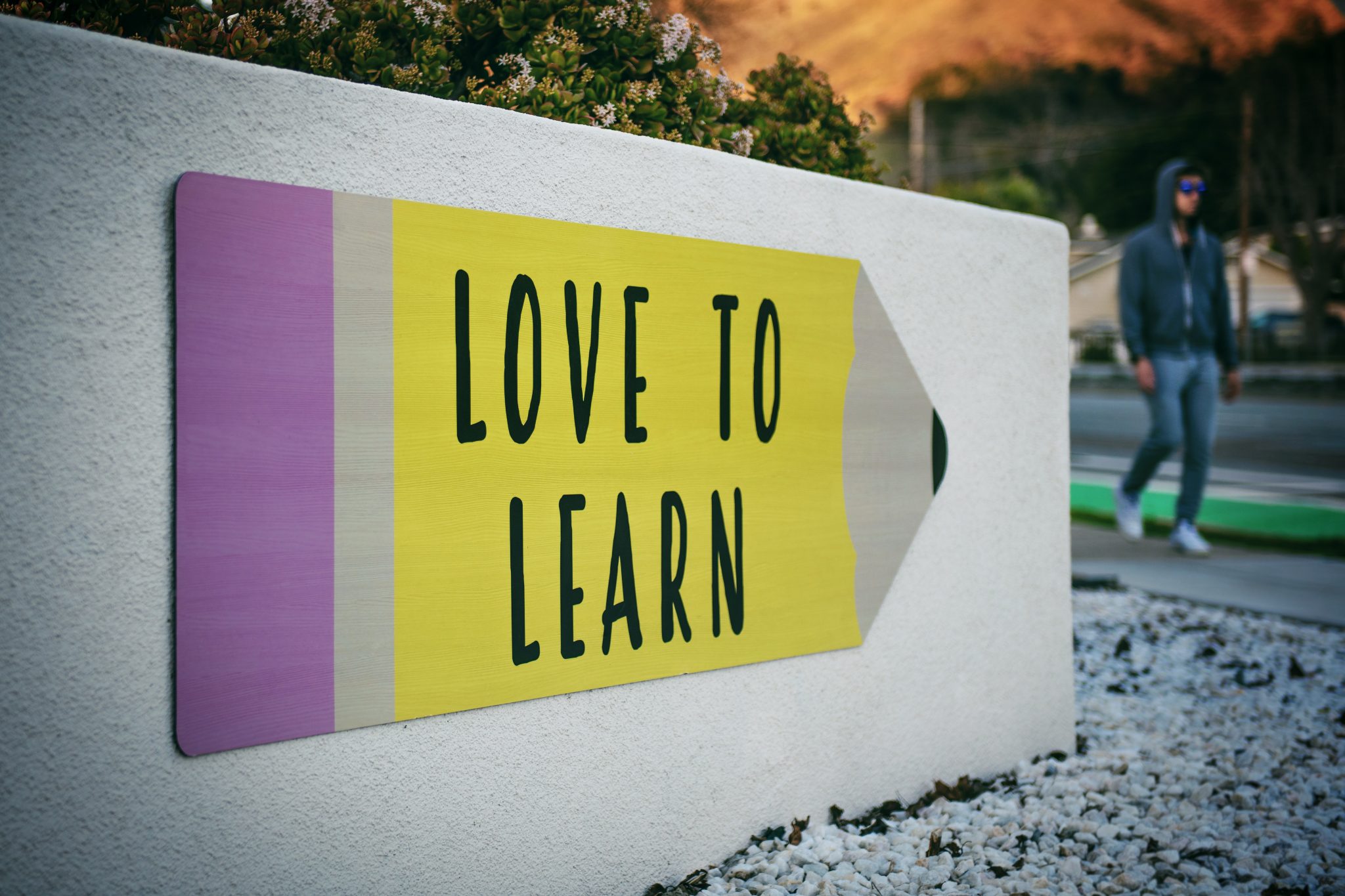-
- Aug 06 2021
-
Kimberly Van Landingham

- 0
Do learning styles affect communication and training?
Are you a visual or auditory learner? Do you prefer reading or feeling the new information? For years, we’ve been told different people have different learning styles, but is this really the case?
VARK recommended trainers match learning styles
The VARK Approach was developed by Neil Fleming about 30 years ago, in which he claimed that different people prefer four different learning styles – Visual, Auditory, Reading/Writing, and Kinesthetic. 1. It suggests teachers and trainers should match the student’s learning styles to get better results; this makes sense. When I first heard this theory, I instantly labelled myself as a visual learner and considered this idea so logical that I never thought to challenge it. As a result, I’ve employed multimodal teaching in my training to reach as many learners as possible.
However, it seems that I wasn’t the only one to accept this idea without questioning it. VARK is the most popular learning style models.
Multimodal training helps learning
Skeptic researchers decided to put this theory to the test. When researchers trained visual and language learners with their preferred learning style and with the opposite learning styles, they found no impact on knowledge retention. Similar tests were run with visual and auditory learning. It turns out that multi-modal teaching, using two or more learning methods, correlates with better test scores no matter which learning style people thought they were. So, rather than showing visual learners pictures and saying words to auditory learners, show pictures and say the words to both. 2.
Using the model means more than just reciting them
Rather than repetition in different learning styles, educational research found students remember more when they process the information being presented. When students use a model to solve a problem or apply it to a case study, it no longer serves as just a concept. Instead, the model becomes a tool, applicable to their daily life. Harvard and Wharton have used this methodology for years, almost everything is taught with a case study example and a hypothetical situation.3.
In the real world, business and technical professionals don’t need hypothetical case studies. We have an onslaught of difficult situations, opportunities, and challenges to play with. These actual circumstances become ideal learning tools in my classes. Applying business models in real-time to real-life situations helps course attendees not only learn, but also solve today’s problem. As Benjamin Franklin said, “Tell me and I’ll forget. Teach me and I may remember. Involve me and I’ll learn.” 4.
Support from neuroscience & Benjamin Franklin
Neuroscience also supports this idea. Remembering a traumatic event is easy but developing a skill to deal with a difficult situation is an incredibly complicated process. It typically involves neurons in multiple areas of the brain, talking with one another by extending their dendrites and generating sufficient action potential to generate neurotransmitters that carry chemical signals to other neurons. To remember this information, those processes become even more complicated. Thickening (with myelinated sleeves) forms and chemicals within the cells change to make reactions faster. Learners must recall and practice to make an “aha moment” into new habitual change. 5.
In closing, research isn’t the real world. But, there are still two obvious conclusions that apply to education and also to communications:
- Repeating information in different forms is better than repeating information in the same learning style.
- Using information to solve today’s problems is more important than just hearing it repeated. 🙂
Kimberly VanLandingham is the CEO, a strategist and trainer for European Market Link Sarl. She facilitates live and virtual online training courses in cross-cultural communications, international public speaking, and cross-border growth. Kimberly has over 20 years experience leading business growth at the DuPont company and 10 years as an international consultant and trainer.
References:
- Fleming, N. D. and Mills, C. E, (1992) ‘Not Another
Inventory, Rather a Catalyst for Reflection’, To Improve
the Academy, Vol. 11, p. 137. - Veritasium. (July 9, 2021.) Retrieved from YouTube on July 31, 2021 – https://www.youtube.com/watch?v=rhgwIhB58PA
- VanLandingham, Kimberly. (1997.) Based on interviews with interns attending Wharton and Harvard to obtain an MBA.
- Franklin, Benjamin. (n.d.) Goodreads website, retrieved on July 31, 2021 – https://www.goodreads.com/author/quotes/289513.Benjamin_Franklin#:~:text=%E2%80%9CThey%20who%20can%20give%20up,deserve%20neither%20liberty%20nor%20safety.%E2%80%9D&text=%E2%80%9CTell%20me%20and%20I%20forget,involve%20me%20and%20I%20learn.%E2%80%9D
- Sapolsky, Robert M. (2017.) Behave: The biology of Humans at our Best and Worst. Penguin Books, New York, NY, USA. pp. 138-142.
Photo by Tim Mossholder on Unsplash
